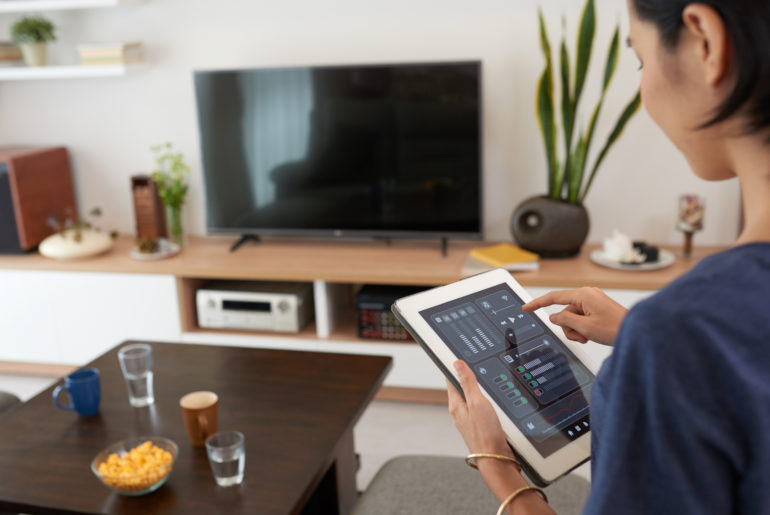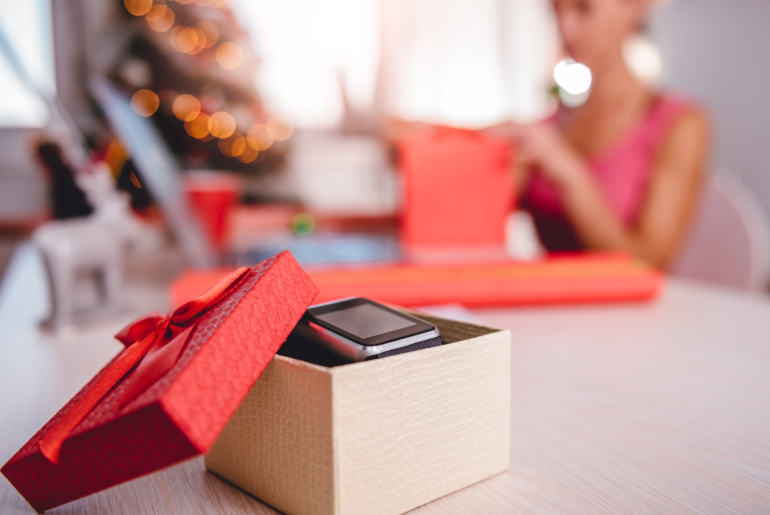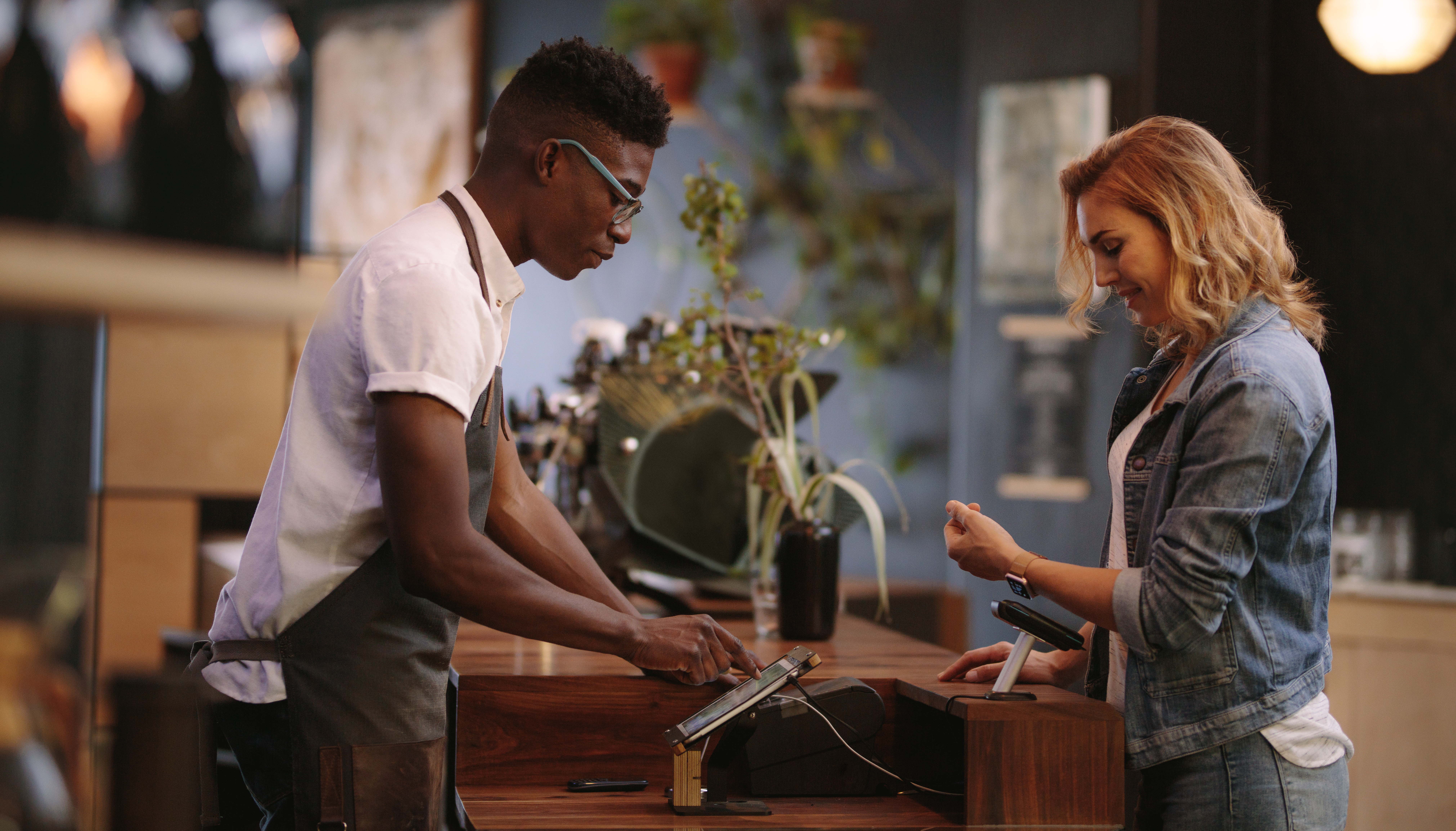This blog lists the top 10 worldwide predictions for connected devices and consumer digital transportation. These technology predictions are meant to help the players throughout the connected device and consumer DX ecosystem with strategic planning within a typical five-year cycle.
Earlier this summer, my friend’s daughter began a new job, her first one right out of college. Amidst all the usual starting-a-new-job hubbub of picking health insurance and setting up her direct deposit, she was also faced with getting her hardware – laptop, tablet, and smartphone – selected and set up. It’s a task many of us are usually faced with, and don’t spend too much time thinking about. However, not long after starting her job, she called me at work with a question:
“Ramon, which wearable should I get?”
With Halloween now firmly in the rear view mirror, I – along with numerous retailers – am turning my attention to holiday shopping. Naturally, the tech fan in me expects all number of smart compute devices to make it on many consumers’ lists from tablets to smartphones, from PC’s to smart speakers, and even some of the emerging products like AR/VR and drones.
Twenty years ago, I went to my first NHL game, and was lucky enough to join five other friends in a luxury box overlooking the rink at center ice. Shortly after arrival, a server showed up to take our drink orders, and in an effort to get our drinks quickly and watch the game, we all ordered the same thing. The server dutifully took them down, punched them into his handheld device, and processed our order. Moments later, by the time he had finished, our drinks arrived from another server. What sort of magic was this? A server can bring us our drink orders in the time it takes us to order? Can he do it again? The answer to that last question was ‘yes,’ even when we ordered complex (and to his delight, more expensive) cocktails.



